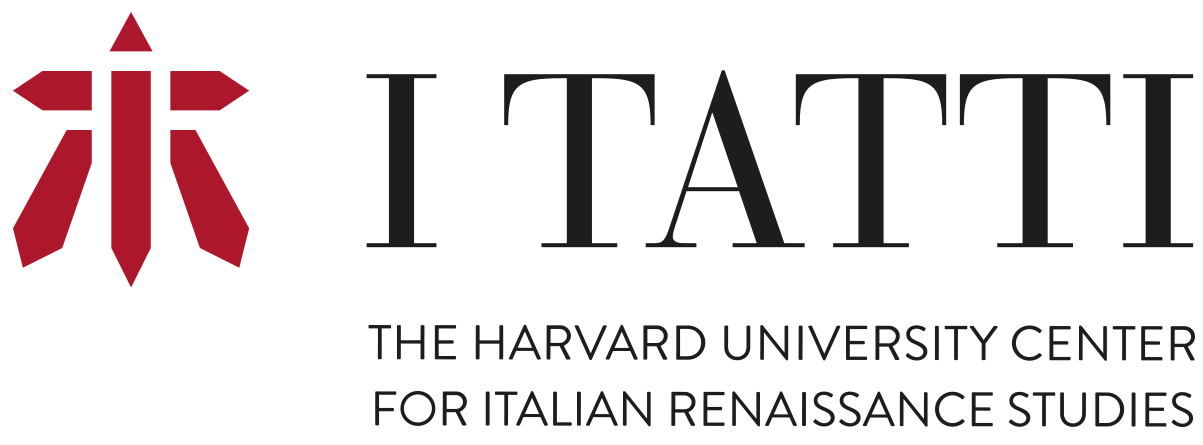Estelle Lingo
To Destroy Caravaggio: Art History and the Western Tradition
2021-2022 (March-June)

Biography
Estelle Lingo is Professor and Chair of Art History at the University of Washington in Seattle and a specialist in early modern European art. Her research interests range from the sixteenth century to the present and engage questions of historical visualities, non-textual knowledge, canon formation, media specificity, periodization, gender, and the historiography of Western art history. She is the author of François Duquesnoy and the Greek Ideal (2007) and Mochi’s Edge and Bernini’s Baroque (2017) and was the 2016-18 Andrew W. Mellon Professor at the Center for Advanced Study in the Visual Arts at the National Gallery in Washington. Prof. Lingo’s research has been supported by fellowships from Villa I Tatti, CASVA, and the Kress Foundation.
Project Summary
Interrogating the repeated assertions of seventeenth-century art writers that Caravaggio “had come into the world to destroy painting,” my study argues that academic art theory took shape around the perceived necessity of repressing Caravaggio’s innovative technique and the new form of visuality it enabled. This same academic criticism actively produced key conceptual binaries—including “naturalism” and “idealism”—upon which the self-narration of the Western artistic tradition long relied. These conceptual categories, moreover, structured the academic discipline of art history from its emergence in the nineteenth century. My book will offer a new account of Caravaggism as a technique that, in contrast to the projective methods of linear perspective, was fundamentally receptive and approached the studio model from the scenario of still life. Organized around the ground-zero moments of c. 1600 and c. 1900, my study proposes that far from a teleological and technological progression from linear perspective to photography, post-Renaissance image-making in the West was shaped by fear of and resistance to what I term “the photographic option.” By activating censured artworks to interrogate the very categories used against them, we obtain a new vantage point on the investments of the Western tradition, a vantage point critical to the urgent work now underway of rethinking the practice of art history within a global framework.
